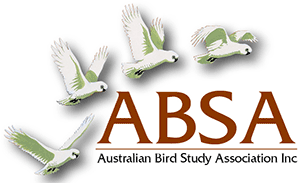RELATIONSHIPS BETWEEN CONTROL OF WATER REGIMES IN RIVER RED GUM WETLANDS AND ABUNDANCE OF WATERBIRDS
| Posted: |
28/07/2021 |
| Author(s): |
S. A. Thornton, S. V. Briggs, W. G. Lawler |
Twelve wetlands on the floodplain of the Murrumbidgee River (Murray-Darling Basin, Australia) were surveyed
for waterbirds while they were flooded during 1989-90. At six of the wetlands, water regimes were controlled slightly
or not at all; at the other six sites water regimes were controlled moderately or heavily. Abundances of six species
of waterbird were related to control of water regimes at the wetlands during the early, middle and/or late stages of
the flood. Little Pied Cormorants, White-faced Herons and ducks favoured wetlands with no or low degrees of water
control during the early flood phase. Little Black and Little Pied Cormorants preferred wetlands with medium or heavy
control of their water regimes during the late flood stage. Relationships between abundances of waterbirds and areas
of wetland habitats varied with flood phase. During the first phase of flooding, abundances of several species of
waterbirds were correlated with wetland area; during the second stage a few species were; and during the third
stage of flooding, abundances of Pelecaniformes and the Pacific Black Duck were correlated with wetland area. The
percentage of all waterbirds that were on the heavily regulated wetlands increased between the middle and late
flood phases.
>> Download Abstract |
File Size: 184KB
>> Download Complete PDF | File Size: 1MB
